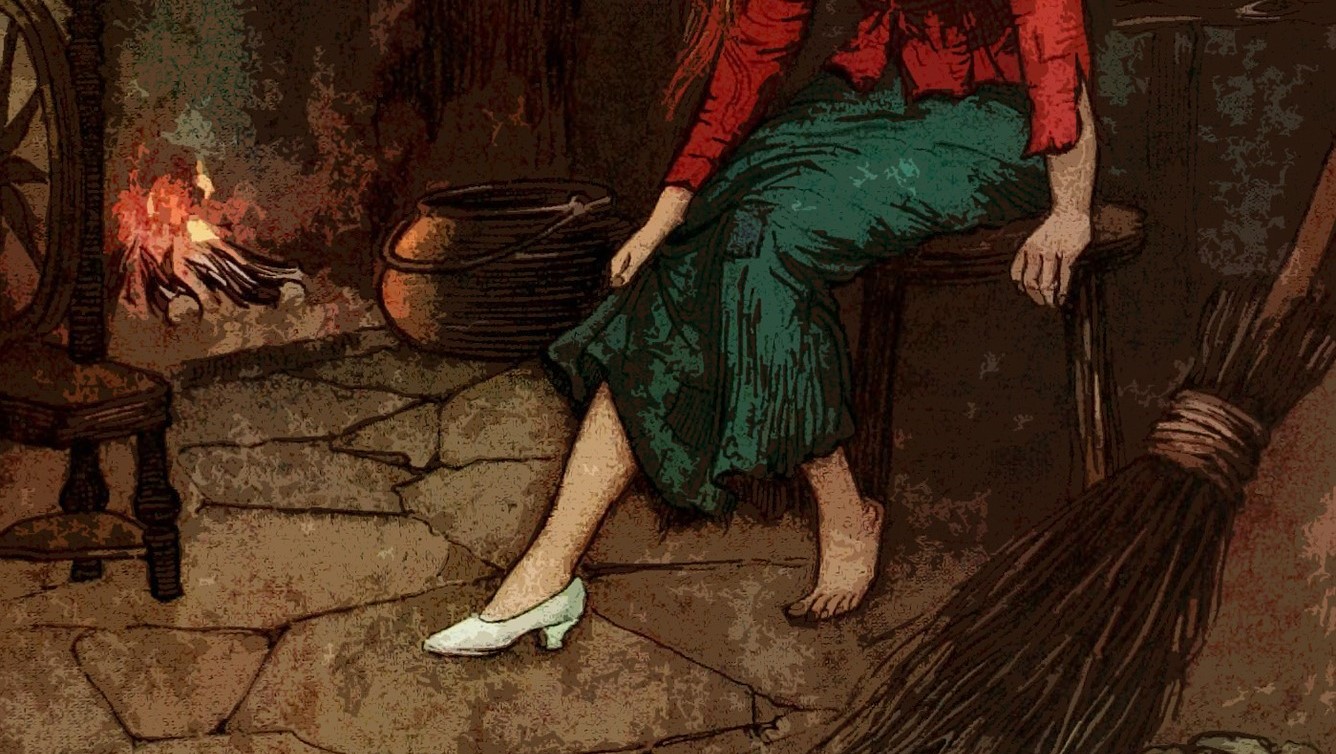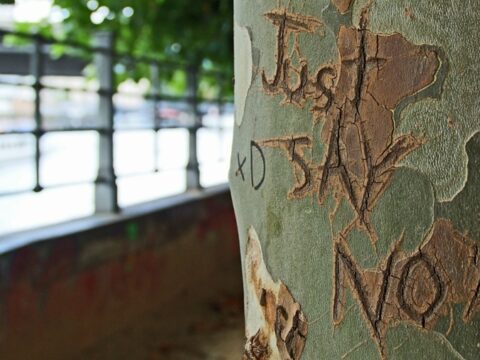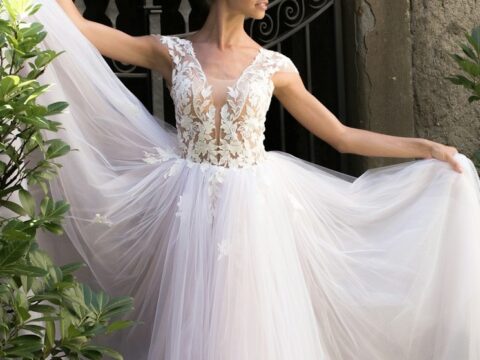Once upon a time, there lived a young girl who loved her father very much.
Ever After (1998)
Fairy tales are simply teeming with wretched parents. Wicked stepmothers and worse actual mothers are behind every curtain. Negligent, vengeful fathers seem to lurk on every family tree. When it comes to bad parents, perhaps the most famous persecuted daughter is none other than Cinderella. But let’s skip another discussion about her evil stepmother. Personally I’d rather talk about Cinderella’s dad.
Wait . . . Didn’t Cinderella’s Dad Die?
Au contraire. It might shock you to learn that daddy’s death is a modern departure from the original tale. In just about every historical version, the man is very much alive. And yes, he’s there for every abuse his biological daughter suffers at the hands of her stepfamily.

Now granted, Dad doesn’t show up much in the stories. Charles Perrault’s famous French version of Cinderella only has two sentences about the man. The story starts with Dad’s fateful marriage: “Once there was a gentleman who married, for his second wife, the proudest and most haughty woman that was ever seen.” Perrault doesn’t mention if she was also high ranked and gorgeous, but I would assume as much.
Of course the stepmother is immediately jealous of her husband’s pretty daughter and proceeds to make Cinderella’s life miserable. Cindy loses her pretty clothes, has to sleep in the attic, and must perform all the dirty work of the house while enduring taunts from her stepsisters. And what does Dad do about it? Absolutely nothing.
According to Perrault, “The poor girl bore it all patiently, and dared not tell her father, who would have scolded her; for his wife governed him entirely.” Was it possible the man didn’t notice his daughter suddenly scrubbing floors, cleaning chimneys, and wearing rags? Even if he was the least observant human on earth, Perrault is still clear that Cinderella’s dad gave her stepmother free rein.
Whether Dad was a doormat or just didn’t care, he still wins Negligent Parent of the Year Award. And that’s only one version of Cinderella . . .
The Grimm Version Is Worse
The Brothers Grimm gave Daddy a more active role in the final translation of “Aschenputtel,” the German Cinderella.
The Grimms describe Cinderella’s dad as a “rich man” who marries a second wife. And once again, Cinderella’s life immediately turns—well grim. Her jealous stepfamily works her to bone, forcing her to wear a gray smock while they verbally abuse her. She doesn’t even get a bed in this version, resorting to sleeping in the cinders.
Directly after this description, the Grimms casually mention Dad heading to a fair and asking each of his daughters what presents he should bring them. Yes. He has an actual conversation with his downtrodden, sooty daughter. And the so-called rich man seems to be completely okay with her servitude.
Anyway, the evil stepsisters ask Dad for fancy dresses and jewels. And Cinderella? Instead of asking for some hired help or a responsible parental figure, she takes a different approach: “Father, break off for me the first twig that brushes against your hat on your way home.”
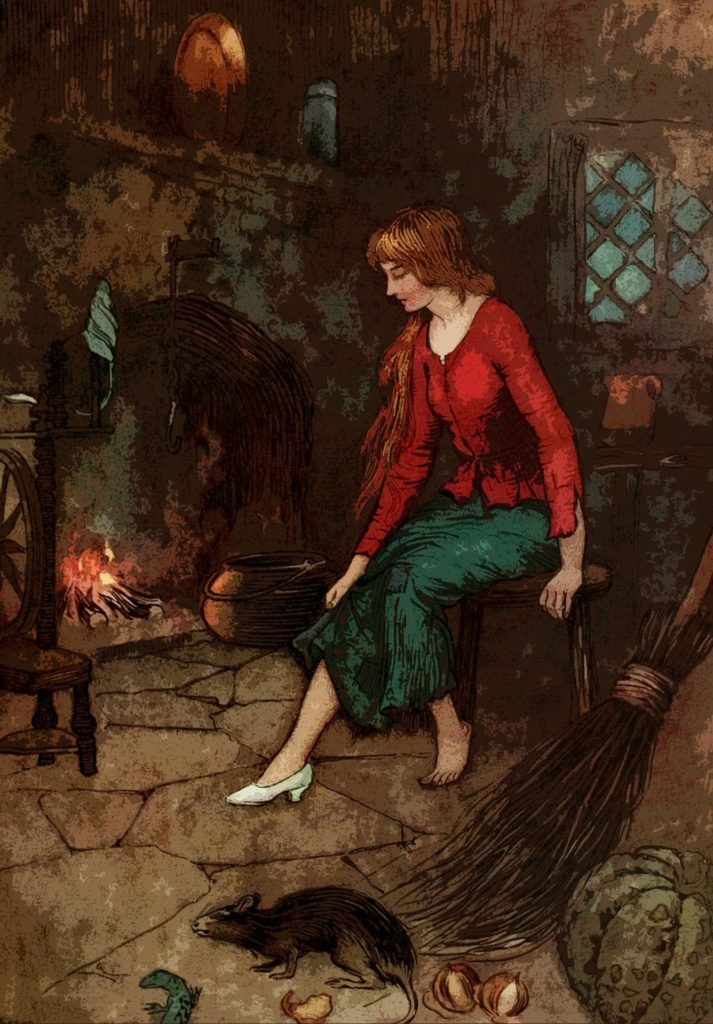
Interesting request . . . and perhaps a subtle dig that this guy needs to pay more attention? As it turns out, the hazel branch he brings home becomes Cinderella’s deliverance. This is the version of the tale where she prays not to a fairy godmother for help but to the hazel tree. And magical birds promptly drop down her clothes for the ball. Talk about reliable dry cleaning.
So Cinderella, now dressed to the nines, races off to the king’s ball—where her dad shows up once again.
Dad, Prince, and Ax
In this translation, I was stunned to read that Dad not only attends the ball, but suspects the stunning stranger who’s caught the prince’s eye.
Cinderella attends three balls in the story, and the first two nights the prince attempts to walk her home and find out who she is. Both nights Cinderella must escape to protect her identity, first by jumping into a pigeon coop and next by climbing a pear tree with the dexterity of a squirrel. In her ball gown and heels I might add. But after both escape attempts, Cinderella’s father happens to be passing by.
When the prince explains how his beautiful maiden got away, Dad immediately suspects Cinderella—and grabs an ax. With which he proceeds to chop the pigeon coop to pieces and chop down the pear tree where his own daughter might be hiding. Thankfully Cindy is long gone both times, but really Dad?!
All this begs the question: why reveal his own daughter if he cares so little for her?
Daddy the Opportunist?
The grab-the-ax sequences add some interesting dimensionality to the Cinderella tale. Back when this story was told orally, father-daughter relationships were extremely different than they are today. Especially among the European upper classes, daughters were considered bargaining chips to be traded into advantageous marriages. The richer the husband, the more financial and social benefits for her family, especially her father.
Cindy’s wicked stepmother turned her into a cinder wench out of jealousy. But what if Cinderella’s dad let it all happen to ensure she didn’t catch the eye of the wrong fella?
Every version of Cinderella is quite explicit that she’s the most beautiful daughter in the family. Maybe Dad knew all along that the easiest way to keep her out of the public eye was to let her be trapped in the kitchen until the best financial opportunity came along. It’s a cruel but reasonably smart plan. And the fact that he rushes to reveal his daughter to the prince—the ultimate marriageable prize—seems to back up this theory.
By the end of the story, Daddy gets his wish. Now granted, he lets his evil stepdaughters try on the slipper first, a plan that costs them a toe, a heel, and quite a bit of blood. Yikes. When the prince asks if there are any other girls in the house, Dad casually mentions, “There is still a little stunted kitchen-wench which my late wife left behind her, but she cannot possibly be the bride.” He even tosses in a little reverse psychology to sweeten the deal.
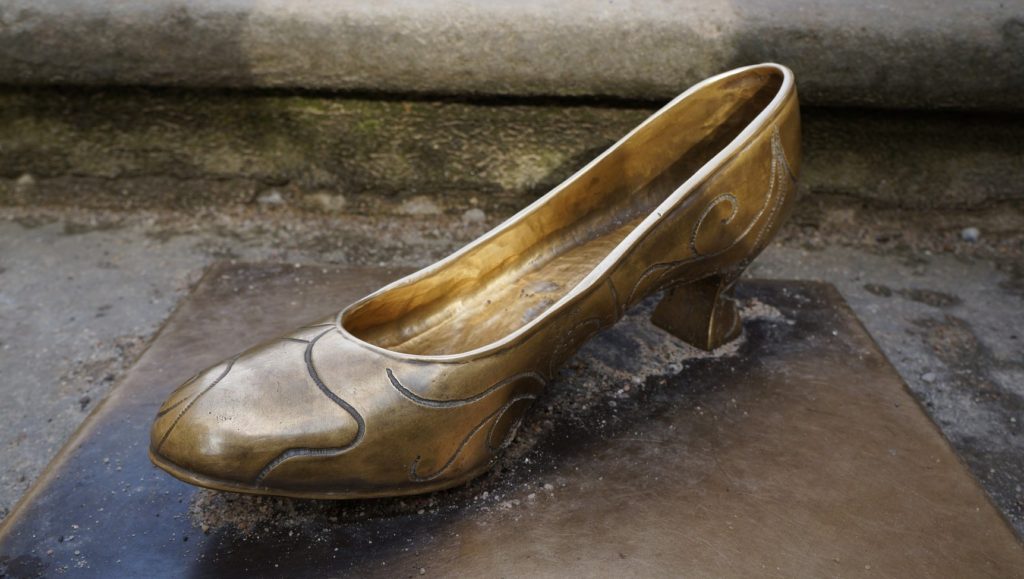
Stepmom tries to prevent this turn of events by claiming the girl is too dirty to come out. But out she comes, the slipper fits, and her happy ending is secured. And apparently so is Dad’s pocket book.
Negligent, Scheming, or Down Right Creepy
In the grand collection of Cinderella versions, her dad tends to fall into one of three roles. Sometimes he’s the passive, negligent doormat like in Perrault, still alive but barely present. Other times—like the Grimm version—Dad appears to have ulterior motives, ignoring his daughter’s suffering until a sweet marriage deal comes along. In fact many versions of Cinderella show Dad creating the marriage at the end, even after actively abusing Cinderella alongside his wicked wife.
But there’s a third and even more sinister reading of Cinderella’s dad. An entire subcategory of Cinderella stories feature her father as the main antagonist trying to marry his own daughter. No, I’m not kidding. In stories like the French Donkey Skin and the English Catskin, Cinderella is the daughter of a king looking for a wife as good and beautiful as Cindy’s deceased mother. And the only female who can compare is the one who shares her DNA. Hence the icky marriage proposal.
To be clear, this type of thing was considered pretty weird in every time period in virtually every part of the world. Even in societies where royal incest was typical between cousins and siblings, father-daughter marriage was still incredibly rare. So even historical audiences found this really gross.
So When Did Cinderella’s Dad Get Less Jerky?
The modern versions of this father figure are generally WAY more wholesome and caring than the original story—though they aren’t necessarily less sad.
The first written version with a noticeable difference is “The Cinder Maid” written by Joseph Jacobs. Cinderella’s dad still observes her suffering, but this was also the first story where Dad tries to convince the stepmother to take Cinderella to the ball with the other girls. In fact, the story explicitly mentions that the whole reason Dad married a second wife was so his daughter would “have some one to look after her.” That plan certainly backfired, but it’s still a sweet sentiment.
As far as I can tell, Jacobs’ version is the first place the kindness of Cinderella’s dad emerged: a devoted father who wanted his little girl to have a mom. As the story of Cinderella has been modernized, most versions have taken this concept of Cinderella’s dad and run with it. In story after story, he marries her stepmother for Cindy’s benefit and then sadly passes away before he realizes the woman’s true character. Oh the tragedy of having a dad with terrible taste in women.
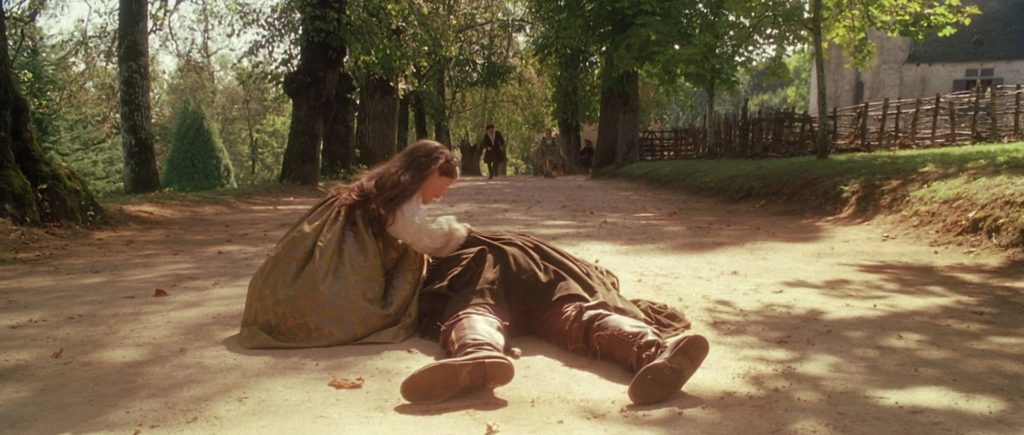
Which Version of Cinderella’s Dad is MY Favorite?
Two retellings immediately come to my mind. I must admit that one of the only modern examples of Cinderella’s dad as a jerk also happens to be in my top three Cinderella stories. And that’s Gail Carson Levine’s Ella Enchanted.
Ella is the epitome of a strong, firecracker Cinderella, but her father is an absolute heel. In fact, he only ends up with her wonderful mother thanks to an arranged marriage. He’s negligent out of selfishness, fully plans to marry off Ella for money, and spends most of the story traveling abroad as a merchant. Even when Ella writes him to come home, he makes it quite clear that stepmom is boss and he doesn’t care if Ella is a slave. Levine captures pretty much every classical flaw of Cinderella’s dad in one highly believable yet rankling character.
But my all-time favorite Cinderella father can be found in the movie Ever After.
I could write a novel on everything I love about this movie, not the least of which is Leonardo da Vinci as Cinderella’s fairy godmother stand-in. But this retelling also delivers a particularly meaningful take on Cinderella’s dad.
Most fathers in Cinderella retellings are introduced in simple narration and killed off nice and quick. But in his short amount of screen time, Danielle’s father is anything but forgettable. His special bond with his daughter is unmistakable, so much so that his presence lives on through the rest of the movie even after his tragic death.
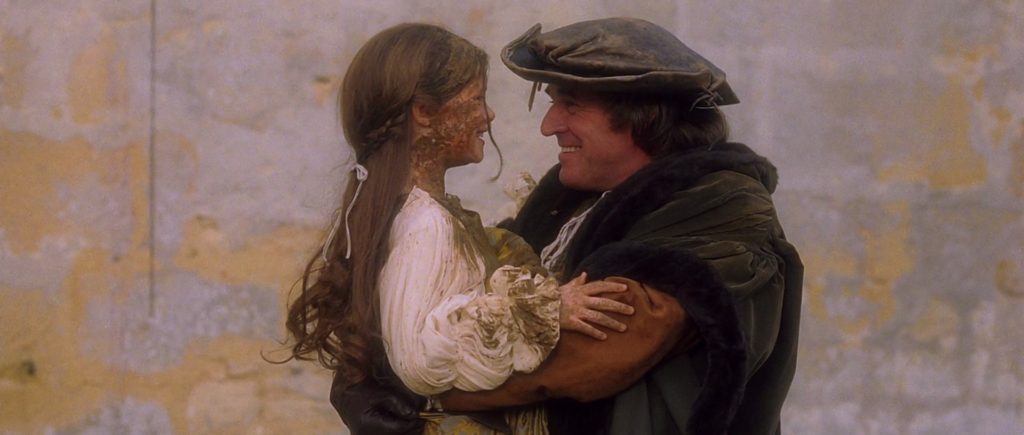
In fact, I would argue that Dad’s influence on Danielle is the reason Prince Henry falls for her. Her passion for books, her tomboyish strength, and her moral convictions all came from Dad and all turn the prince’s head immediately. Well . . . that and her pretty face, but she is Cinderella.
At the end of the day, Ever After does what most modern Cinderella retellings only attempt to do: making her dad into a sympathetic paternal figure who tried his best to give his daughter a good life. Although the road was longer and um—dirtier than Danielle might’ve hoped, eventually she does get her happy ending. And in this version at least, her dad actually did help her along the way. ❧

